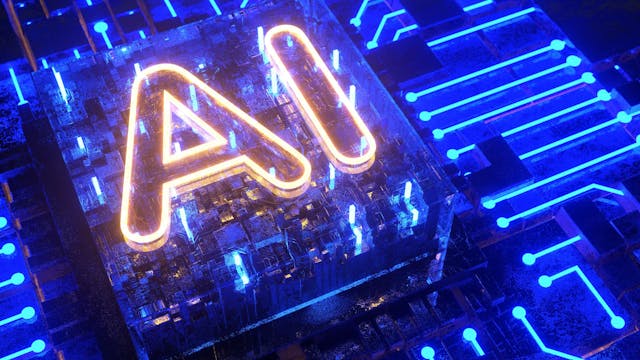Edge computing is a distributed computing paradigm that brings computation and data storage closer to the sources of data. This is expected to improve response times and save bandwidth.
Edge computing is an architecture rather than a specific technology, and a topology- and location-sensitive form of distributed computing. The origins of edge computing lie in content distributed networks that were created in the late 1990s to serve web and video content from edge servers that were deployed close to users.
Here are some of the benefits of edge computing:
• Reduced latency: Edge computing can reduce latency by bringing the data closer to the point of decision making. This is important for applications that require real-time processing, such as self-driving cars and industrial automation.
• Improved security: Edge computing can improve security by reducing the amount of data that needs to be transmitted over the network. This is important for applications that handle sensitive data, such as medical records and financial transactions.
• Increased scalability: Edge computing can increase scalability by allowing businesses to add or remove resources as needed. This is important for businesses that experience fluctuating demand.
• Enhanced user experience: Edge computing can enhance the user experience by providing a more responsive and reliable experience. This is important for applications that are used by consumers, such as mobile gaming and streaming video.
Here are some of the challenges of edge computing:
• Complexity: Edge computing can be complex to manage, as it requires the coordination of multiple devices and networks.
• Security: Edge devices are often more vulnerable to security attacks than centralized cloud servers.
• Cost: Edge computing can be more expensive than centralized cloud computing, as it requires the deployment of more devices and networks.
• Standardization: There is no single standard for edge computing, which can make it difficult to deploy and manage edge solutions.
Despite these challenges, edge computing is a promising technology that can offer many benefits to businesses and organizations. As the technology continues to evolve, we can expect to see even more widespread adoption of edge computing.
Here are some of the use cases of edge computing:
• Smart cities: Edge computing can be used to collect and process data from sensors in smart cities, such as traffic cameras and environmental sensors. This data can be used to improve traffic management, energy efficiency, and public safety.
• Industrial automation: Edge computing can be used to collect and process data from sensors in industrial automation systems. This data can be used to improve the efficiency of operations and prevent equipment failures.
• Self-driving cars: Edge computing can be used to process data from sensors in self-driving cars. This data can be used to make decisions about how to navigate the road and avoid obstacles.
• Healthcare: Edge computing can be used to collect and process data from medical devices, such as wearable sensors and patient monitoring systems. This data can be used to improve patient care and prevent medical errors.
• Retail: Edge computing can be used to collect and process data from in-store sensors, such as cameras and RFID tags. This data can be used to improve the customer experience and optimize inventory management.
Finally, edge computing is a promising technology that has the potential to revolutionize many industries. As the technology continues to evolve, we can expect to see even more widespread adoption of edge computing in the years to come. For more information about latest technologies, check I-mad Technology blogs.
Technology
Edge Computing Main Benefits
Share:
Share this article
Share:






